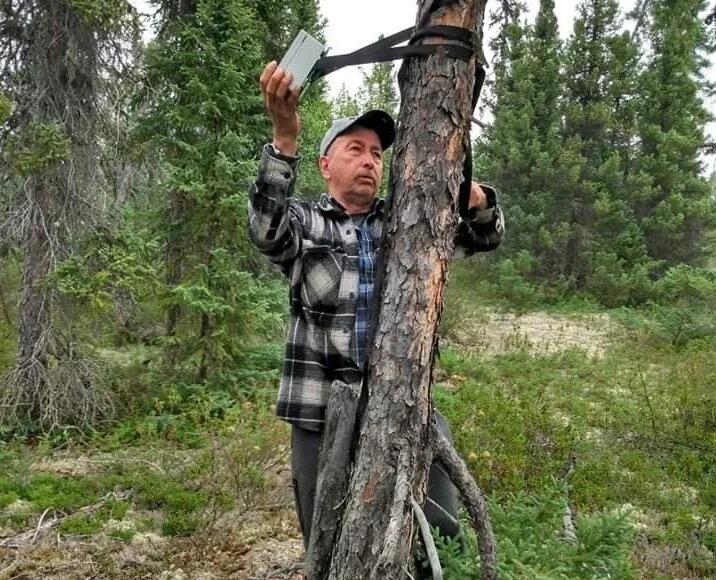Some of the world’s largest land-based stores of carbon are found in the Boreal Forest of North America. Many projects are underway that will increase land protections in the Boreal Forest—conserving both the carbon stores as well as the rich ecological values.
Read MoreIndigenous Peoples have been in relationship with the plants and animals of the Boreal Forest in Canada for thousands of years – since before time was recorded, as is often said. These relationships are at the center of Indigenous stewardship and the reason the boreal remains the largest intact forest left on the planet.
Read More“This is the largest federal investment in Indigenous-led stewardship to date, and we welcome the Government of Canada’s commitment to partnering with Indigenous Nations on conservation and stewardship,” said Valérie Courtois, the Director of the Indigenous Leadership Initiative.
Read MoreAudubon and the Seal River Watershed Alliance, an Indigenous non-profit coalition, have worked together to record the sounds of a critical bird breeding area.
Read MoreBudget 2021 will help ensure the Boreal Forest continues to protect biodiversity and the climate for generations to come. It makes new investments in nature conservation and singles out the role of Indigenous Protected and Conserved Areas and Guardians programs in achieving international targets.
Read MoreInvesting in Indigenous stewardship will deliver local and national benefits, now and into the future. It is proven to generate good-paying jobs, spur major purchases from suppliers and provide certainty for industry. At the same time, it is helping Canada meet commitments to conserve nature, address climate change and advance reconciliation.
Read More
Billions of these birds are headed to Canada’s Boreal Forest. Sustaining boreal nesting grounds ensures these waves of birds will continue washing over the hemisphere for generations to come.
Read MoreIn the era of climate change, increased pressure for development and mounting extinctions of animal and plant species, we need people on the ground caring for the boreal. In many regions of the forest, this vital work is being done by Indigenous Guardians.
Read MoreThe pressure is on for us to act. Not only is Canada expected to meet our 2020 commitments, but time is also running out for nature itself. Thankfully, Canada has a powerful partner in sustaining biodiversity: Indigenous nations.
Read MoreIt’s hard not to be optimistic when conservation gains of such immense scale have occurred just in one year alone. The coming year has the promise of even more—and bigger—good news.
Read MoreSweeping stretches of the Boreal Forest gained protection this year thanks to the leadership of Indigenous Nations. And the future looks even brighter. As Canada prepares to meet 2020 conservation targets and commit to new goals for 2030, the Indigenous-led proposals advanced this year will set Canada on a path to international leadership.
Read MoreWhen Dehcho Grand Chief Gladys Norwegian and Environment and Climate Change Minister Catherine McKenna sat side-by-side and signed an agreement protecting Edéhzhíe on October 11, they demonstrated the power of a new conservation model.
Read MoreA sweeping stretch of black spruce, headwater lakes and caribou grounds west of Yellowknife has gained new protections thanks to the leadership of the Dehcho First Nations.
Read MoreSome of the biggest conservation opportunities are found Canada’s boreal forest. The boreal is the largest intact forest left on the planet, and Canada has a unique responsibility to conserve it. Indigenous Peoples are advancing innovative conservation plans in the region and partnering together is the most effective path forward.
Read MoreAs Canada works to protect at least 17 percent of lands by 2020, it can look to Australia for a proven model of partnership with Indigenous Peoples.
Read More














